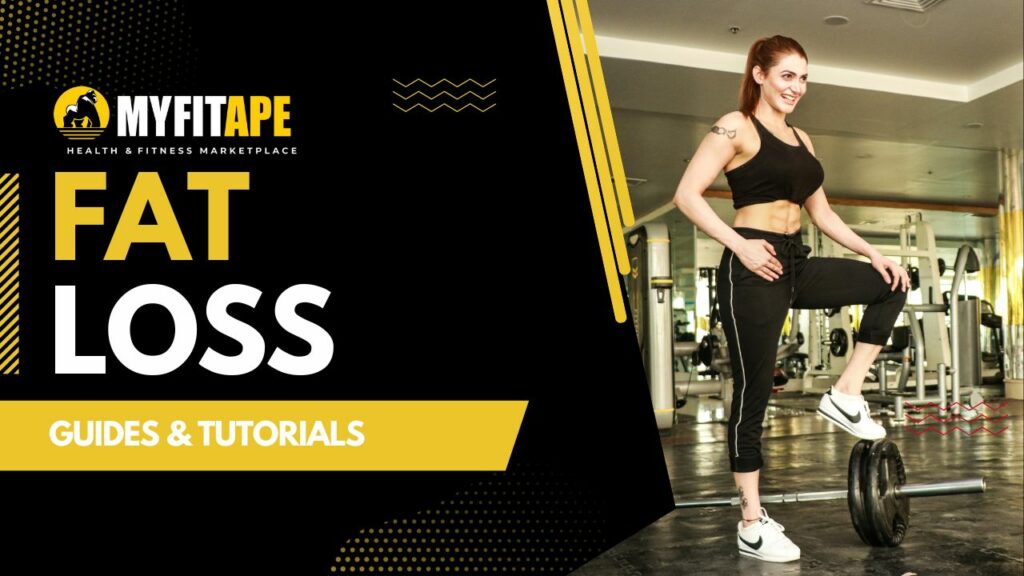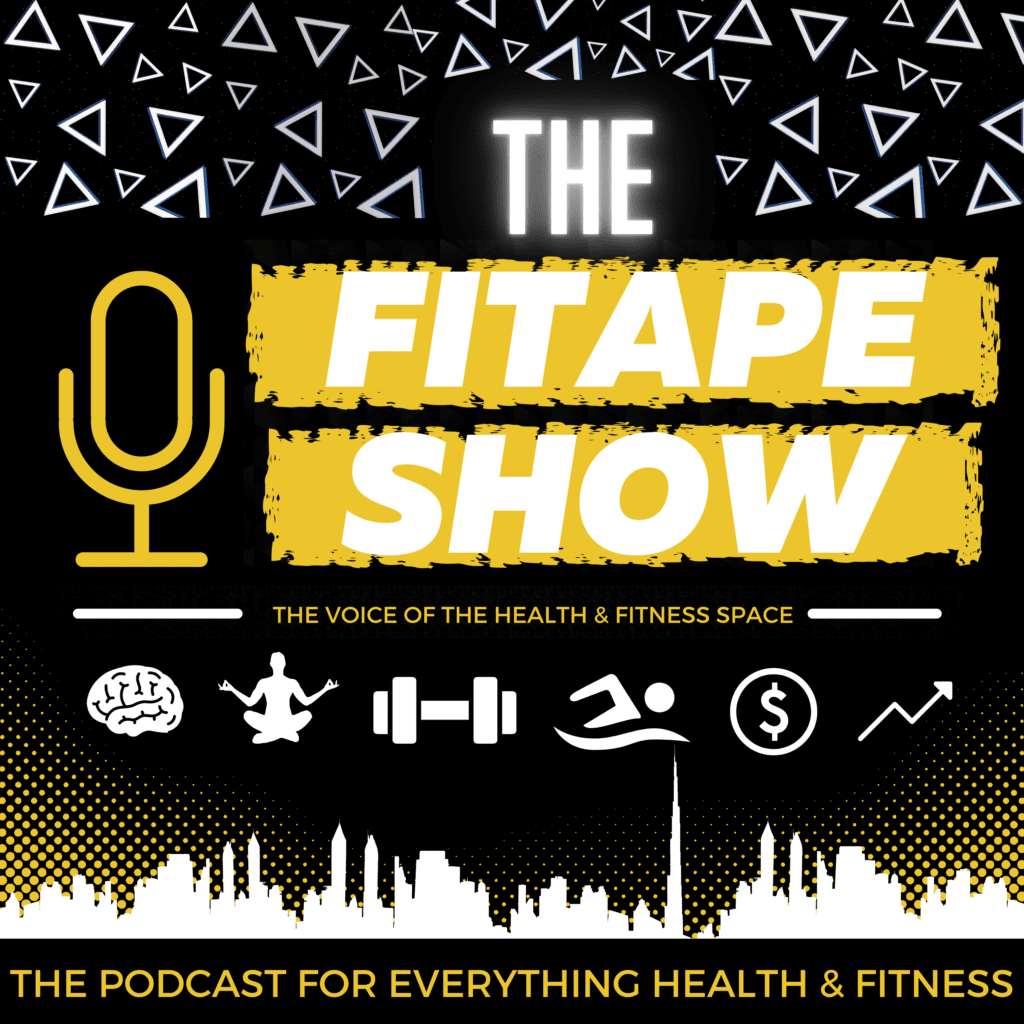Introduction
A high-intensity interval training (HIIT) workout is the best way to burn fat, get in great shape and build a strong and healthy body. This guide provides an overview of how to do a HIIT workout and how to maximize its benefits for fat loss.
How to Do a HIIT Workout
HIIT involves alternating periods of intense effort with periods of recovery. In a common HIIT workout you will alternate between 45 seconds of high-intensity exercise with 15 seconds of rest. You will repeat this circuit three to four times with a two to three minute rest period in between each circuit.
HIIT can be applied to any type of exercise, including running, cycling, rowing, swimming or bodyweight movements such as burpees, jumping jacks and mountain climbers. You should focus on using proper form and technique to maximize the effectiveness of the workout.
Benefits of HIIT
HIIT is one of the most efficient and effective ways to burn fat and build a strong and healthy body. HIIT workouts are more intense than traditional workouts and therefore require less time to complete. HIIT workouts can be tailored to meet the fitness level of any individual.
Because HIIT is so intense it continues to burn calories even after the workout is complete in what is called afterburn. Studies have also shown that HIIT can increase cardiovascular fitness, improve muscular endurance and preserve muscle mass better than traditional workouts.
Frequently Asked Questions
Q: How Long Should A HIIT Workout Last?
A: The length of a HIIT workout varies depending on your fitness level and goals. A typical HIIT workout can take around 30 minutes and include 4-7 circuits of 20-30 seconds of high-intensity effort with 10-20 seconds of low-intensity rest.
Q: How Often Should I Do HIIT Workouts?
A: HIIT workouts should generally be done 2-3 times per week with rest days in between to allow your body to recover. It is important to listen to your body and not to push it beyond its limits.
Q: What Exercises Are Best For HIIT?
A: HIIT can be done with any type of exercise, including running, cycling, rowing, swimming and bodyweight movements such as burpees, jumping jacks and mountain climbers. You should focus on using proper form and technique to maximize the effectiveness of the workout.
What is the basic premise of HIIT workouts?
High-Intensity Interval Training (HIIT) is a type of exercise where short bursts of intense activities are alternated with short recovery periods. This approach works to maximize fat burning and improve efficiency. The core idea is to push your body to its maximum capacity during the intense periods, then allow your body to recover during the lower intensity periods, and then restart the cycle. This type of workout is designed to help you get more out of your workout in less time. Are HIIT workouts safe for everybody?
HIIT workouts are generally safe for most people if done properly and safely. However, it is important to seek medical advice and ensure proper technique before beginning a HIIT routine, especially if you have any health conditions or underlying issues. It is also important to keep in mind that HIIT workouts are very intense and may be too challenging for a beginner. In such cases, it is best to start with lower-intensity exercises and gradually increase the intensity level as your fitness level improves. How can I make sure my HIIT workout is effective and beneficial?
To ensure that your HIIT workout is effective and beneficial, make sure that you choose exercises that challenge you, give yourself enough rest time between intervals, adjust the intensity and duration of intervals as needed, and focus on proper form. Additionally, make sure that you mix up your HIIT workouts, adding different exercises, intensities, and duration so your body is adapting to different stressors. Finally, ensure that you integrate warm-up and cool-down stretches into your workouts so that you prevent injury and help your body properly recover. What are the benefits of HIIT workouts compared to traditional cardio?
HIIT workouts can provide a number of different benefits when compared to traditional cardio. Depending on the type of HIIT workout, the benefits can vary slightly. Generally, HIIT is known to burn a large number of calories in a short amount of time, while also increasing the body’s metabolism and promoting fat loss. HIIT workouts typically also require less time than traditional cardio as they require less warm up and cool down periods, allowing for greater flexibility and efficiency. Additionally, HIIT often has an anaerobic element, which helps to improve cardiac health, muscular strength and endurance, and coordination.





